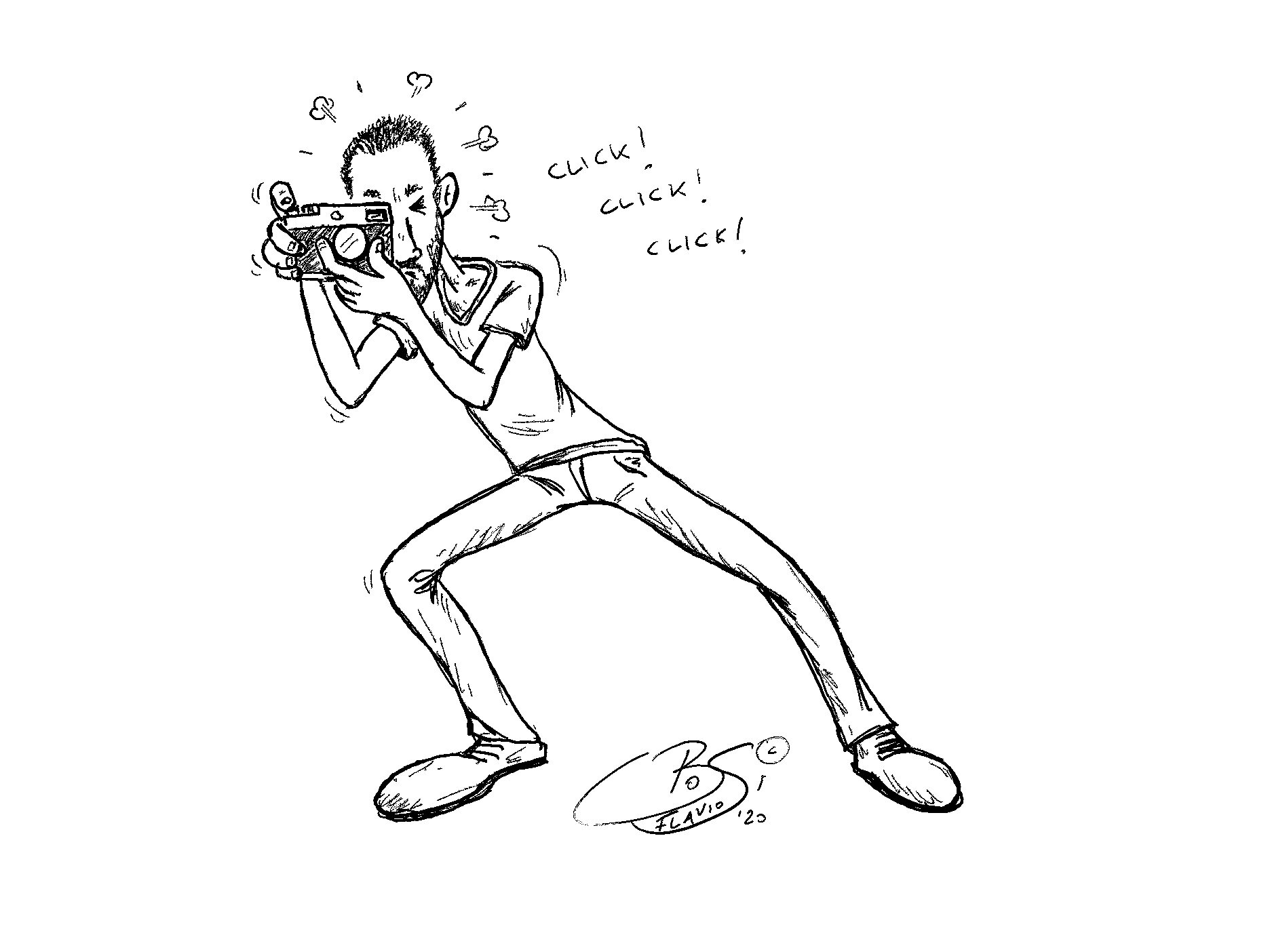Practice in Photography
I can’t count the times I have heard an amateur photographer claim that they don’t need a photography course or study the art because they “frame instinctively” or want to “express their own art”.
Guess what? Most of their output, portfolio included, is glaringly unremarkable.
What about those amateurs that use the lofty title “visual storyteller” to define themselves as “artist” photographers? When you look at their work you are often hard pressed to find any kind of storytelling in their images.
Most accomplished photographers talk with their work. They don’t look for important sounding titles to feel like they have something to say.
What is the secret sauce of all the accomplished photographers out there? What do they have in common with successful people in all professions around the world?
Two words: hard work.
And practice. A lot of practice.
Have you heard that to master any skill you have to practice it for 10.000 hours? That is to only master it, it’s not enough to distinguish yourself over your peers.
Why do so many amateur photographers think photography should be any different? It isn’t! I already hear the outraged chorus of voices chanting “Photography is art!”, “Art is personal” and many other self-justifying excuses to not put the effort in.
True, photography can be art. But just a small portion of it is in my opinion. Most of the photography we are inundated with is utterly senseless crap. Some of it is plain documentation, snapshots of family and moments.
Very rarely you see some very good images. Chances of seeing them raise exponentially when you look at the work of those people that practice and study their art.
Possibly, very seldom, works of art appear.
But to be art, I think, it has to make sense. It has to say something. There has to be thought behind it. Pointing the camera at a random scene and snapping then realising you like the picture after all is not art!
Crafting the image (or artwork in general according to the medium of expression you are using) with intent is what creates something meaningful. To create with intent you have to master the tools of the trade first (the photography equipment in our case) and to be able to instantly frame, design your composition, shoot at exactly the right time to get that image you envisioned.
This comes with practice: your 10.000 hours, and then more. And study. Study the work of the masters, composition, colour theory, image design, psychology of vision, storytelling, master them and then break free of the rules and find your own voice!
It’s very telling how when the years go by and we keep on improving our skills and eye we realise that those images we were proud of just a couple of years ago are not that good after all. Actually, why did we even like them so much in the first place?
Because we are putting our hours and practice and study in. We are improving and developing as photographers. Our output is developing as well, or at least we are getting decent images more consistently. Still, the amount of good images is small. Very small. As an example: Matt Stuart says that his average rate of great images per year is about 7. He has been photographing obsessively on the streets for 24 years. He practiced way, way more than 10.000 hours. He is internationally recognised as a Street Photography master. Still, 7 a year. That should put things into perspective for us. By the way, he calls himself a photographer, not a “visual storyteller” or other crap like that.
So, how do you practice Street Photography? Get out there and shoot. Concentrate, persevere, see. Study. Get out again and put what you learned into practice. Rinse and repeat. Simple. You will see the results.
”Your first 10.000 photographs are your worst.” - Henri Cartier-Bresson
Thanks for reading. Let me know your thoughts in the comments!
P.S.: If you are interested in specific techniques, there will be a full series on this blog, starting with Fishing.

